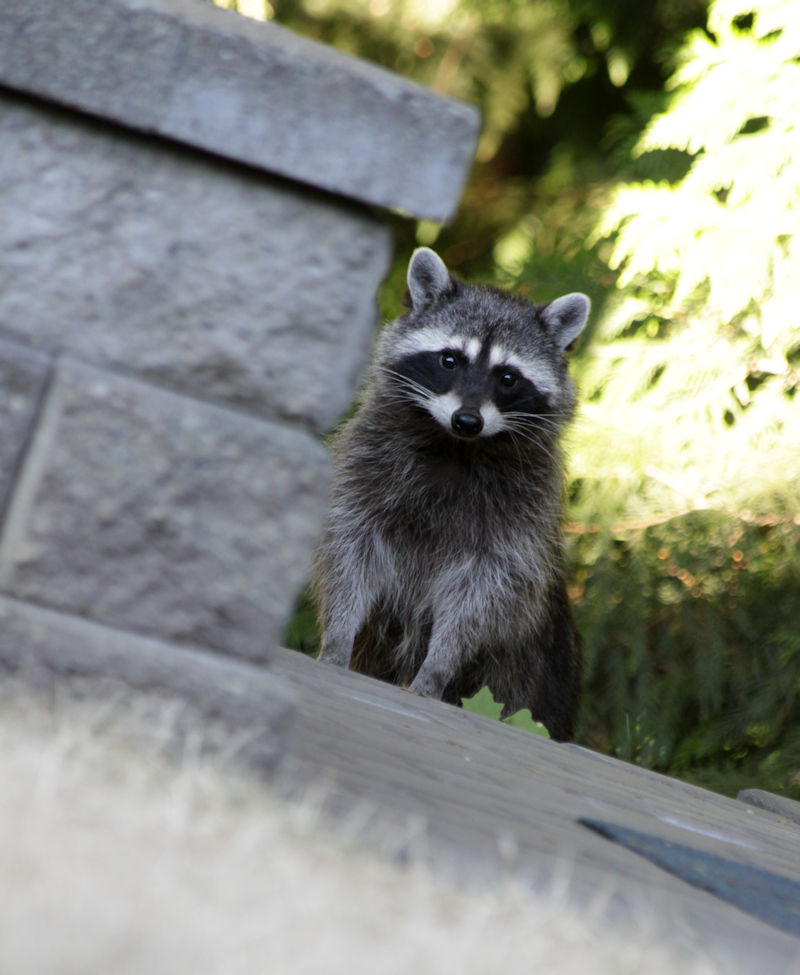Raccoon Management in Maryland: A Necessity?
In the lush landscapes of Maryland, raccoons, with their masked faces and nimble hands, have become a common sight. Yet, this proliferation is not without its consequences. Raccoon management through trapping is a topic that stirs debate, yet understanding its necessity is crucial for ecological harmony.
The Increasing Raccoon Population: An Ecosystem Imbalance
Raccoons, adaptable and intelligent, have thrived in Maryland’s diverse habitats. From urban backyards to rural woodlands, their numbers have swelled, leading to an imbalance in the local ecosystem. This increase disrupts the delicate ecological balance, impacting other wildlife and plant species.
Trapping as a Tool for Ecosystem Management
Trapping, often misunderstood, serves as a vital tool for managing raccoon populations. By controlling their numbers, trapping aids in restoring the equilibrium of Maryland’s ecosystems. This process helps protect endangered species and maintains the diversity of flora and fauna.
Reducing Human-Wildlife Conflict: A Community Benefit
As raccoon populations grow, so do encounters with humans. These interactions can lead to property damage, spread of diseases, and safety concerns. Trapping, when done ethically, helps minimize these conflicts, ensuring a safer coexistence between humans and wildlife.
Ethical Considerations and Modern Trapping Practices
The conversation around raccoon trapping is incomplete without addressing ethical concerns. Modern trapping practices prioritize animal welfare, using methods that are humane and regulated. These practices ensure that raccoon management is carried out responsibly, respecting the wildlife we aim to protect.
Trapping and Wildlife Research: Unseen Benefits
Trapping goes beyond population control. It plays a crucial role in wildlife research, providing insights into raccoon behavior, health, and migration patterns. This knowledge is invaluable for conservation efforts and in making informed decisions about wildlife management.
Community Involvement: Education and Awareness
Community engagement is key in effective raccoon management. Educational programs about raccoons and the importance of maintaining ecological balance empower communities. This awareness leads to better coexistence and support for responsible trapping practices.
The Road Ahead: Balancing Human and Wildlife Needs
Managing Maryland’s raccoon population is a complex challenge. It requires a balance between human needs and wildlife conservation. Through responsible trapping, ongoing research, and community involvement, we can achieve a harmonious existence with these fascinating creatures of the night.
In sum, raccoon management in Maryland through trapping is not just about controlling numbers. It’s a multifaceted approach to preserve the natural beauty and balance of Maryland’s ecosystems while fostering a safer and more understanding relationship between humans and wildlife.

